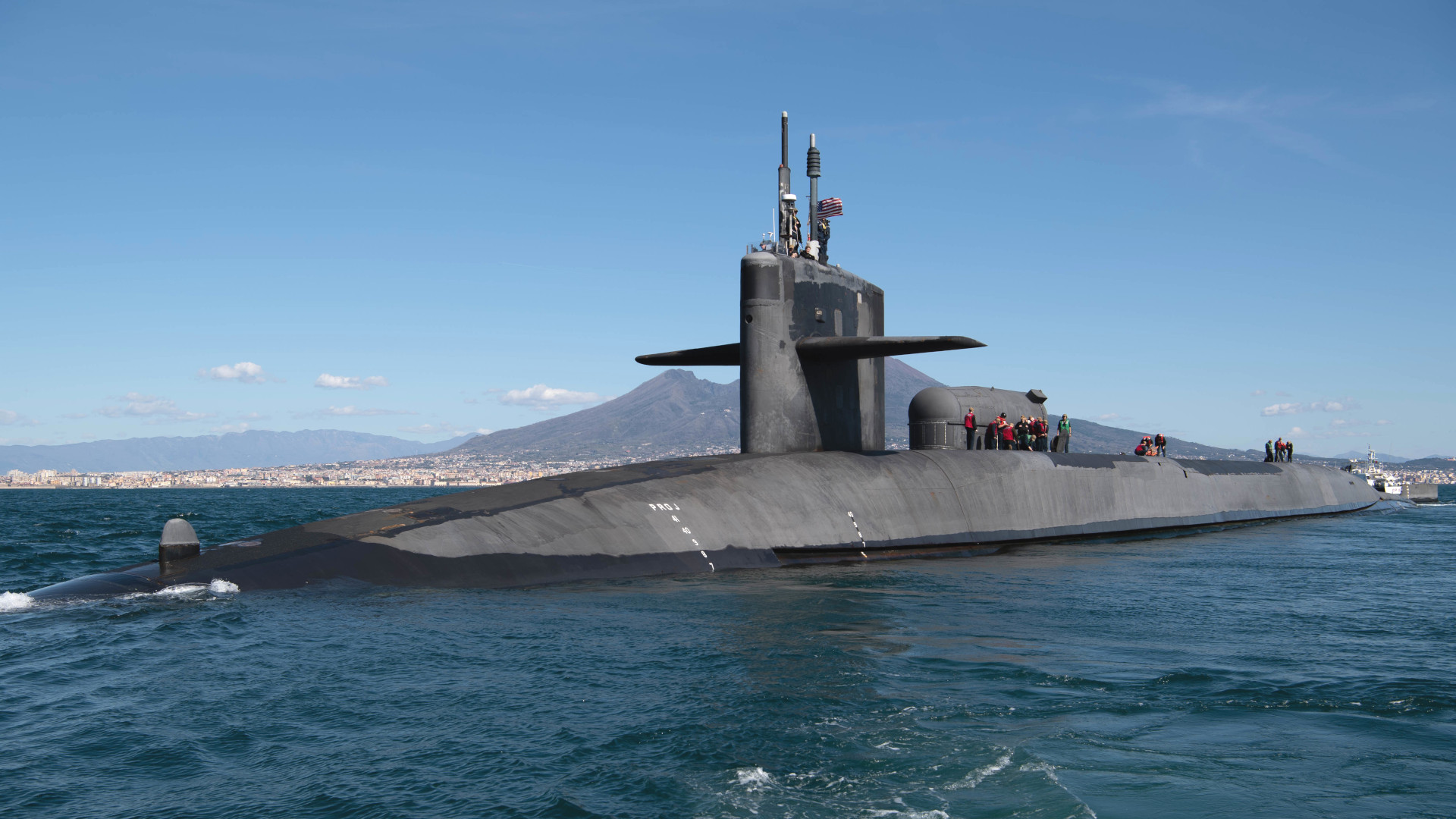All four of the U.S. Navy’s Ohio class nuclear-powered guided missile submarines, or SSGNs, are set to be decommissioned by the end of 2028, according to its latest long-term shipbuilding plan. The USS Ohio, USS Michigan, USS Florida, and USS Georgia are among the most capable and in-demand submarines in U.S. service today.
Depending on which course of action the service proceeds with, the first examples of a new class or subclass of guided missile submarines or more specialized “Large Payload Submarines” may not arrive until 2044, at the earliest.
The U.S. Navy’s new shipbuilding plan, formally called the Report to Congress on the Annual Long-Range Plan for Construction of Naval Vessels for Fiscal Year 2024, is dated March 2023. Defense News reported earlier today that it was submitted to members of Congress on Monday. The service subsequently provided a copy of this unclassified report to The War Zone.
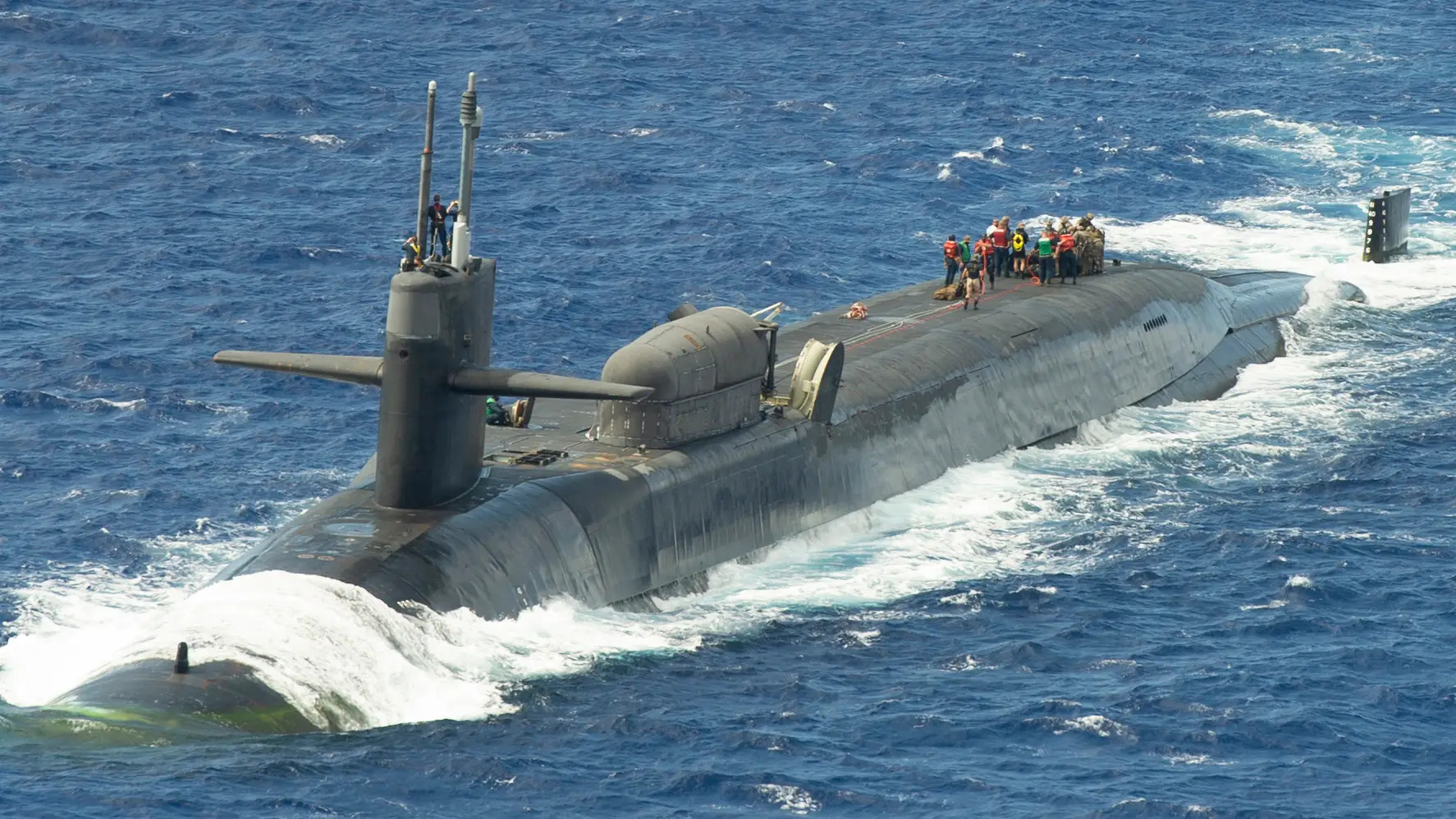
The report, overall, outlines three potential plans for the acquisition of new ships and submarines through Fiscal Year 2053. The first course of action is the one already described in part in the Pentagon’s current budget request for the 2024 Fiscal Year. The other two alternatives (confusingly termed Alternative 2 and Alternative 3) differ in their specific schedules for acquiring and divesting various ships and submarines, including further purchases of next-generation DDG(X) guided missile destroyers and SSN(X) nuclear-powered attack submarines. Alternative 2 notably puts particular emphasis on acquiring more submarines and uncrewed platforms. Alternative 3 is the only one that is projected to meet a long-standing goal, which the service has backed away from in recent years, of a total Navy fleet size of 355 ships within the next three decades.
When it comes to the Navy’s future plans for the Ohio SSGNs, all three plans are identical. As it stands now, the service expects to decommission USS Ohio and USS Florida in Fiscal Year 2026 and USS Michigan and USS Georgia in Fiscal Year 2028. This differs slightly from the schedule in the Fiscal Year 2023 long-term shipbuilding plan, which had Ohio and Florida out-of-service in Fiscal Year 2026 and Michigan and Georgia following them into retirement in Fiscal Years 2027 and 2028, respectively.
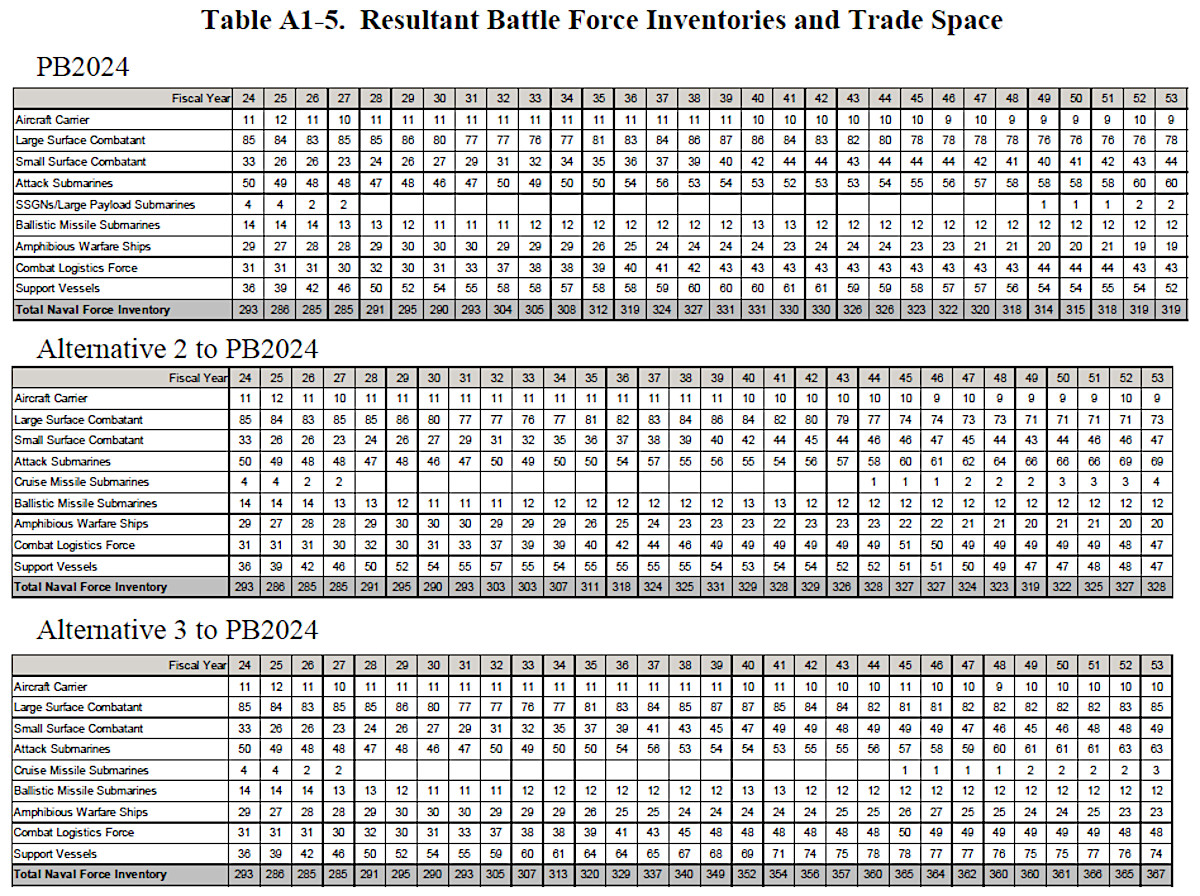
The four Ohio SSGNs are best known for their ability to carry up to 154 Tomahawk land attack cruise missiles, seven each in their 22 modified missile tubes, allowing them to launch withering conventional strikes. However, the four boats, which were all commissioned as Ohio class nuclear ballistic missile submarines, or SSBNs, in the 1980s and converted to SSGNs between 2003 and 2008, typically only carry around 100 Tomahawks. Their overall configuration is far more multi-purpose.
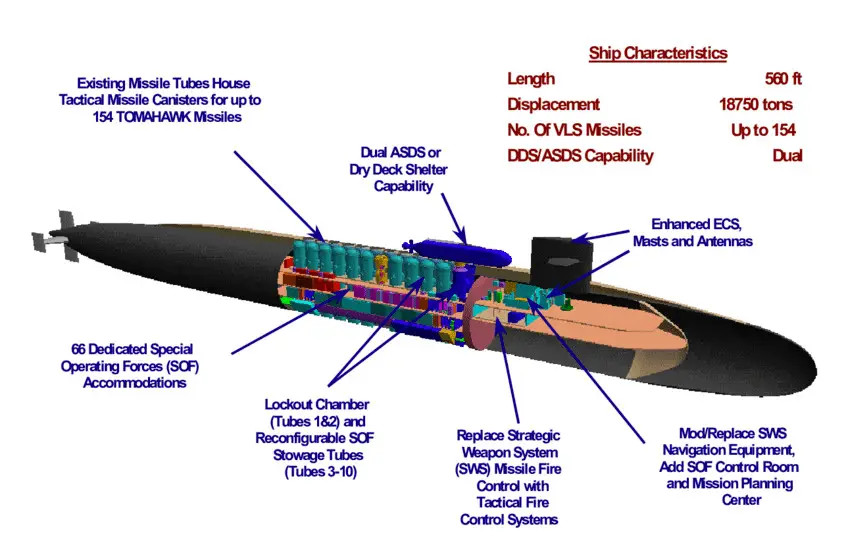
The SSGNs can act as motherships for special operations forces and various uncrewed platforms – which can be deployed via up to two dry deck shelters fitted on the rear deck or any of their large vertical launch tubes if they are suitably configured. They also act as underwater command and control and intelligence fusion centers. The boats have the additional ability to perform all of these missions while hiding under the waves, making them ideally suited to supporting covert and clandestine operations around the world. You can read more about the full breadth of their capabilities in this past War Zone feature.
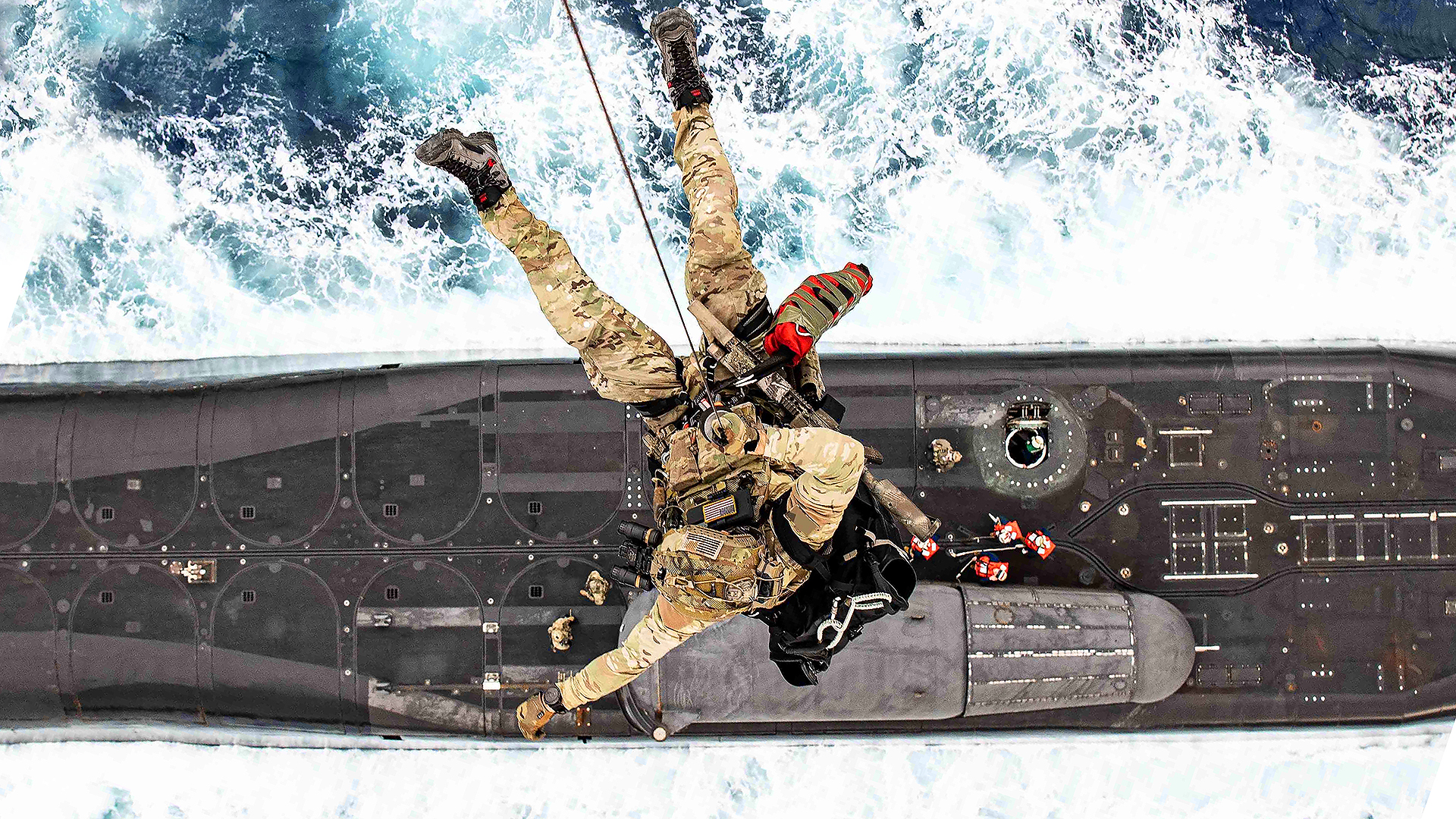
This unique mix of capabilities has led the four converted Ohios to become among the most heavily tasked submarines in the Navy. They, increasingly along with their SSBN cousins, have notably been used on a somewhat regular basis for signaling to American adversaries or potential adversaries during spikes in geopolitical friction around the world.

The three courses of action in the Navy’s new long-term shipbuilding plan differ in how they expect to make up for the loss of unique capabilities that the Ohio SSGNs currently provide.
Under the baseline plan, the Navy would begin to field new and similarly specialized boats, described as Large Payload Submarines, beginning in the 2049 Fiscal Year. A total of seven of these submarines would be in service by Fiscal Year 2053.
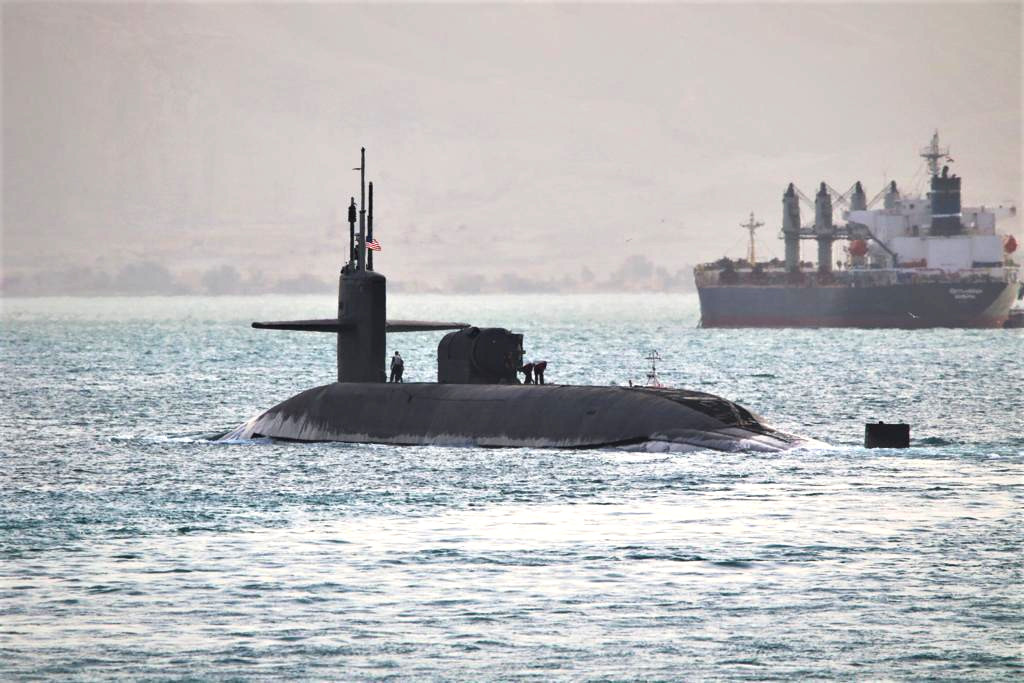
It first emerged in 2018 that the Navy was considering acquiring future Large Payload Submarines, possibly derived from the forthcoming Columbia class ballistic missile submarine design. Details about this concept and how these submarines might be configured more specifically remain limited, but the assumption has been that they would at least build on the core capabilities found on the Ohio SSGNs.
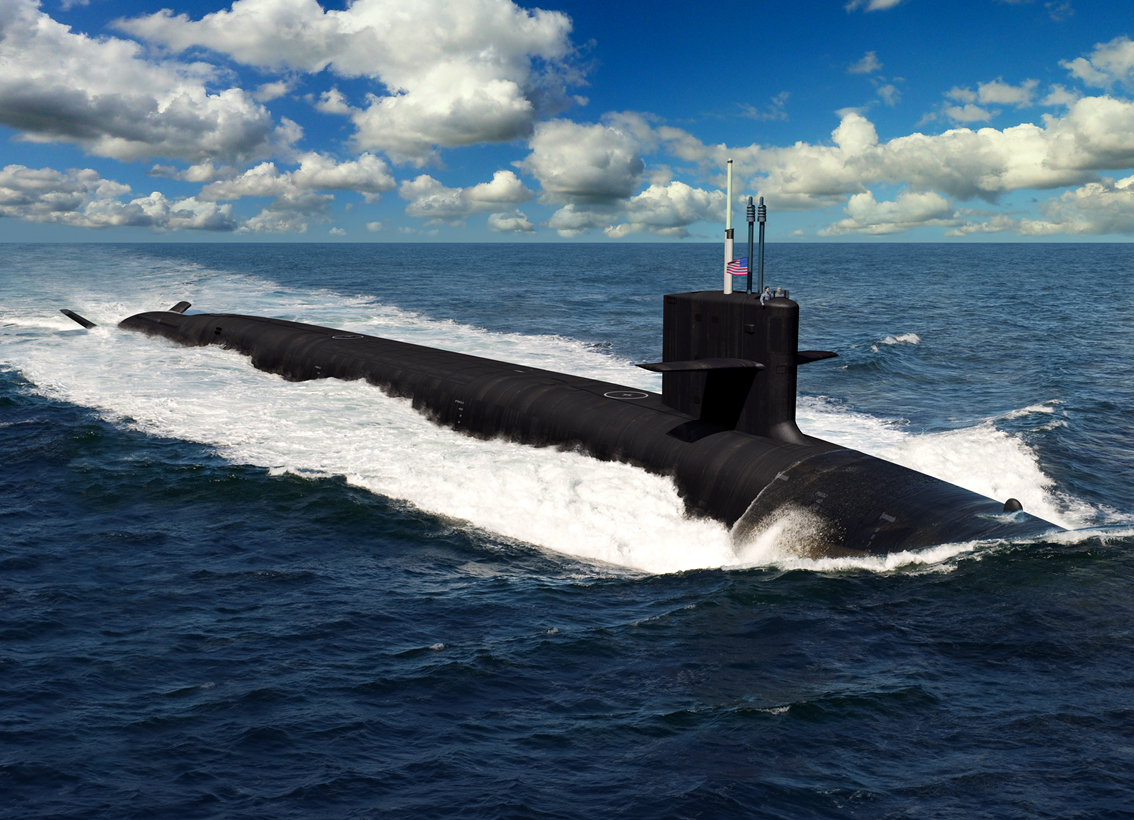
The two alternative plans the Navy has now unveiled describe the Ohio SSGN replacements simply as “cruise missile submarines,” rather than Large Payload Submarines. How the two concepts might differ is not immediately clear, but could point to potential plans for new boats with less robust multi-mission capabilities.
The Navy is already planning to start acquiring examples of the Block V subclass of the Virginia class attack submarine, which will really be more of an SSGN. Previous Virginia subvariants can already carry significant numbers of Tomahawks, but the Block Vs will feature new 84-foot-long Virginia Payload Modules (VPM), each with four larger vertical launch tubes. These will be able to accommodate a variety of new weapons, including the service’s future Intermediate-Range Conventional Prompt Strike (IRCPS) hypersonic missiles, and other payloads.
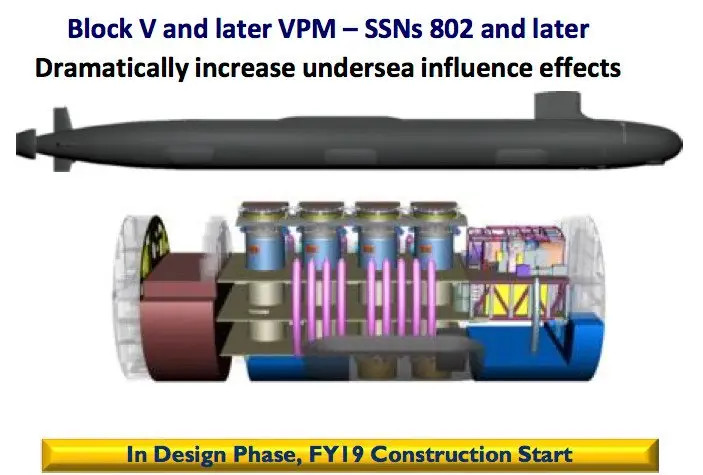
The Navy is already looking at acquiring further improved Block VIs and there could be other subvariants of the Virginia class in its future. In its latest budget request for the 2024 Fiscal Year, the Navy is asking for funds specifically to support the acquisition of a one-off Subsea and Seabed Warfare (SSW) version, also known as the Mod VA, to conduct undersea espionage and other special missions. You can read more about the plans for that particular submarine here.
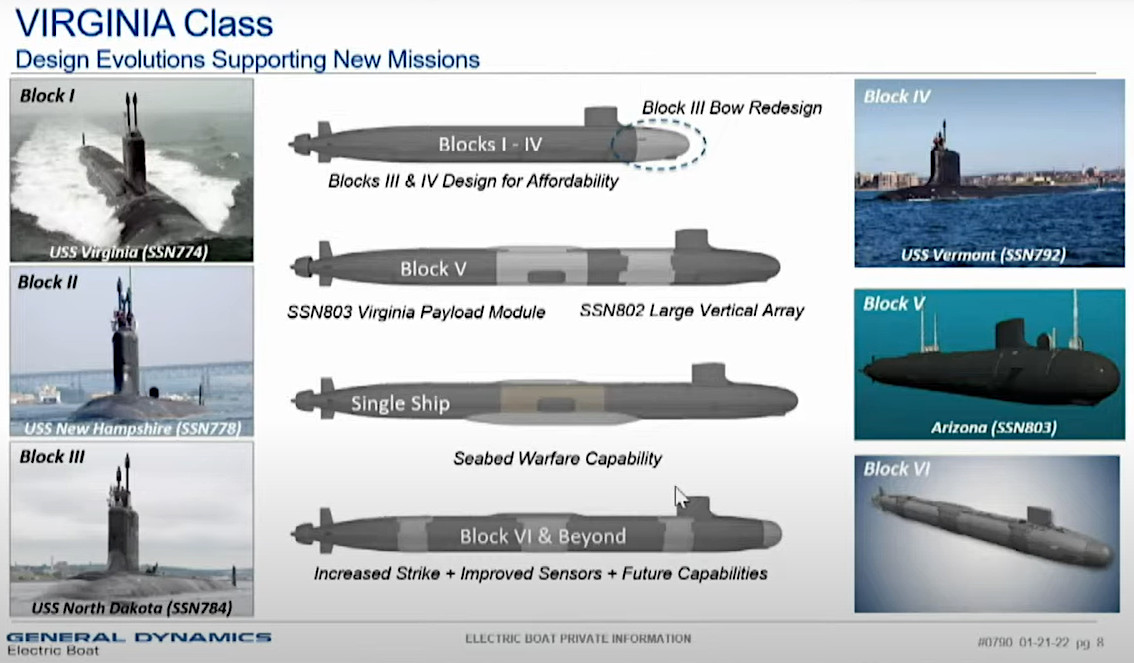
Regardless, under the new Navy shipbuilding plan’s Alternative 2, the first new cruise missile submarines would enter service in Fiscal Year 2044 and the Navy would have a whopping total of 22 of them by Fiscal Year 2053. This is roughly equivalent to the number of Virginia class attack submarines produced to date. Alternative 3 delays the start of this acquisition plan until Fiscal Year 2045 and only projects a total fleet size of 15 boats by Fiscal Year 2053.
No matter what course of action the Navy might settle on, and what Congress approves, the service does seem to have fully abandoned any potential plans to extend the life of the Ohio SSGNs. This was something that appeared to be under consideration, on some level, last year.
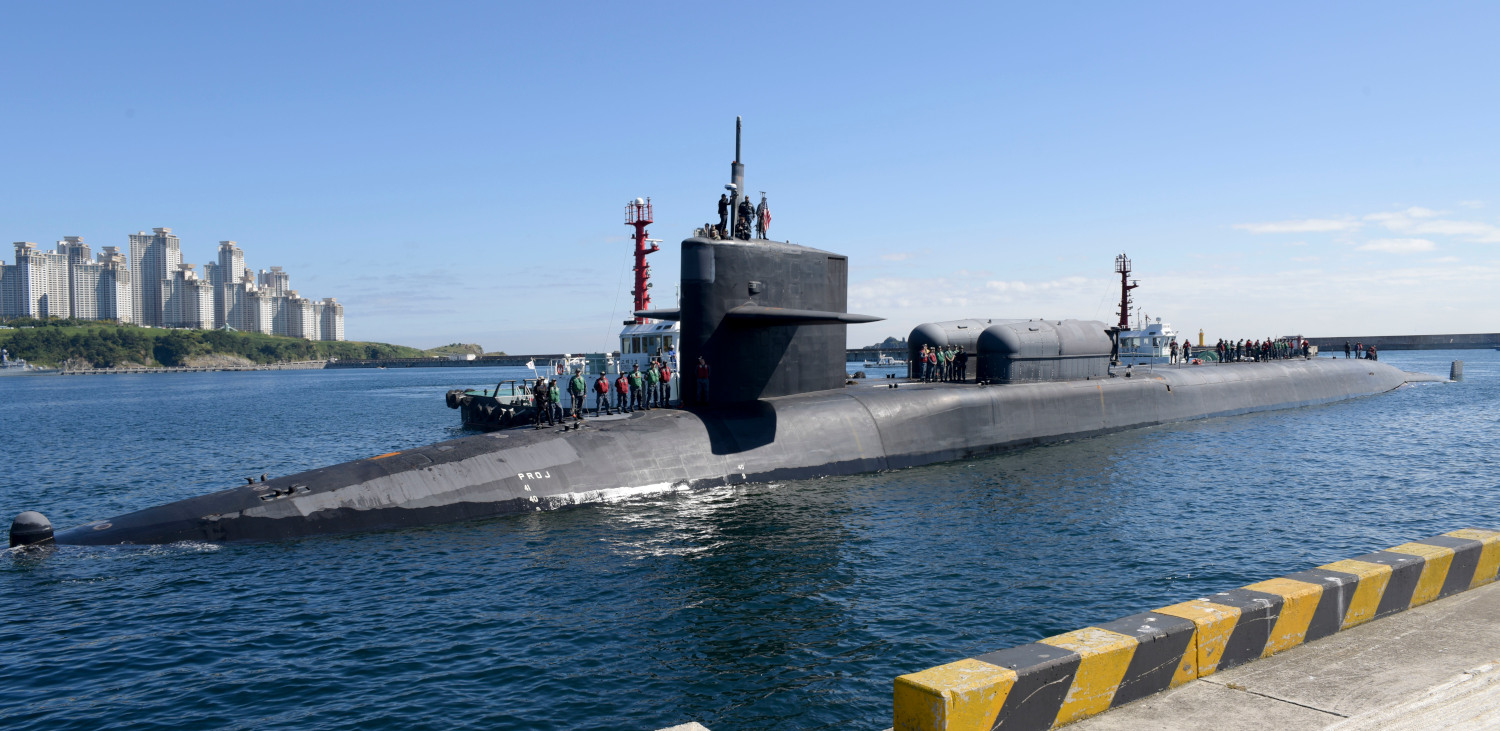
The acquisition of Block V Virginia class boats is at least part of the Navy’s plan to handle the loss of capabilities in the intervening decades before whatever more direct replacement submarines start to arrive. The service’s Fiscal Year 2024 budget proposal says explicitly that “VPM helps mitigate the loss of undersea strike capability with the retirement of the… four guided missile submarines (SSGNs) in the late-2020s.”
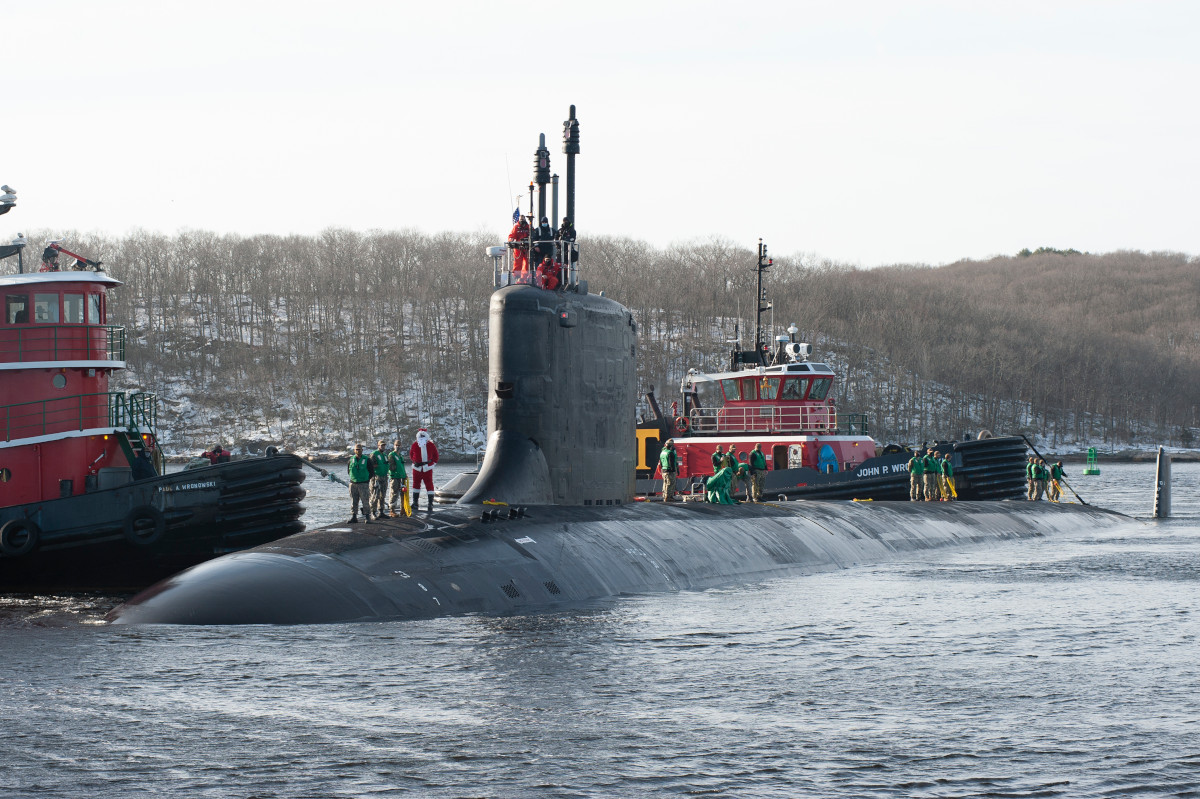
At the same time, the new long-term shipbuilding plan outright concedes that “the retirement of the four SSGNs in the latter part of the 2020s” will lead to a “steep reduction in undersea VLS capacity,” at least for a time. Each one of the converted Ohios has five and a half times as many reconfigurable large payload tubes as a single Block V Virginia.
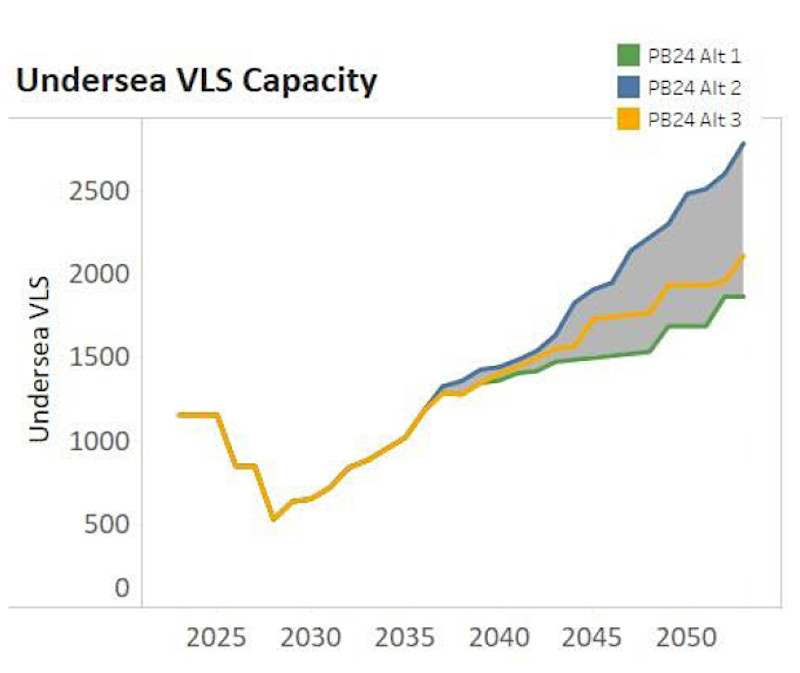
On top of that, as already noted, the Ohio SSGNs provide a host of other additional capabilities beyond their ability to unleash dozens of Tomahawk missiles and other weapons from their VLS cells. A number of existing Virginia class submarines are assigned special operations forces support roles and are fitted with dry deck shelters. This allows them to deploy and recover larger payloads, such as swimmer delivery vehicles, while submerged. Otherwise, the configuration of these boats does not appear to be nearly as specialized as that of the larger Ohio SSGNs.
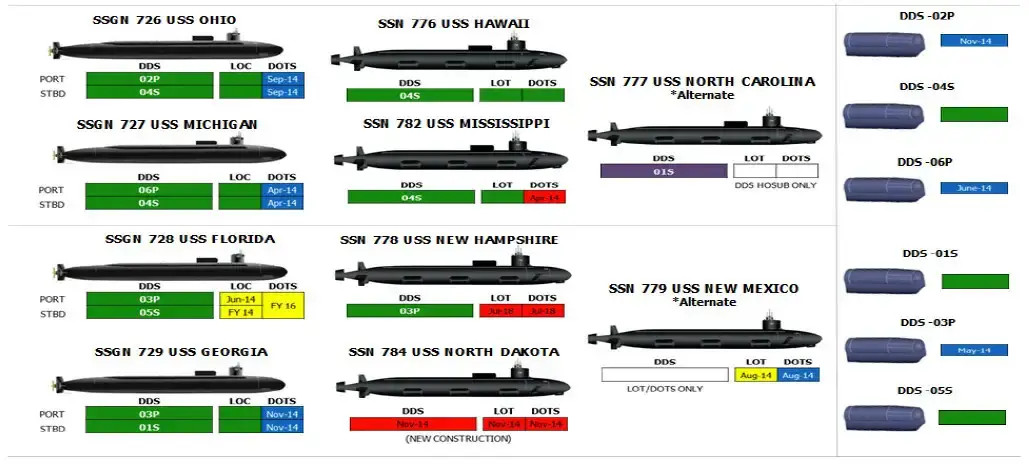
Supplanting the Ohio SSGNs with further improved subvariants of the Virginia class could still have advantages, especially in terms of production capacity and cost. The Navy’s Columbia class SSBNs are already shaping up to be extremely expensive, with each of the 12 boats the Navy currently plans to acquire having an estimated unit cost of around $9.35 billion as of 2022, according to the Government Accountability Office (GAO). GAO, a Congressional watchdog, issued a new report in January warning about the potential for new cost growth and delays in the Columbia program due to a variety of factors.
In contrast, the Virginia class submarine is a proven design, versions of which have been in active production for more than two decades now. The unit cost of these submarines has been coming down as production continues. In 2019, the Congressional Budget Office pegged the price tag for a new Block V Virginia at around $2.8 billion. In 2021, the Navy cut a contract with General Dynamics Electric Boat to build the 10th example of that subclass for $2.4 billion. Electric Boat and Huntington Ingalls Industries Newport News Shipbuilding have been sharing production of the Virginia class.
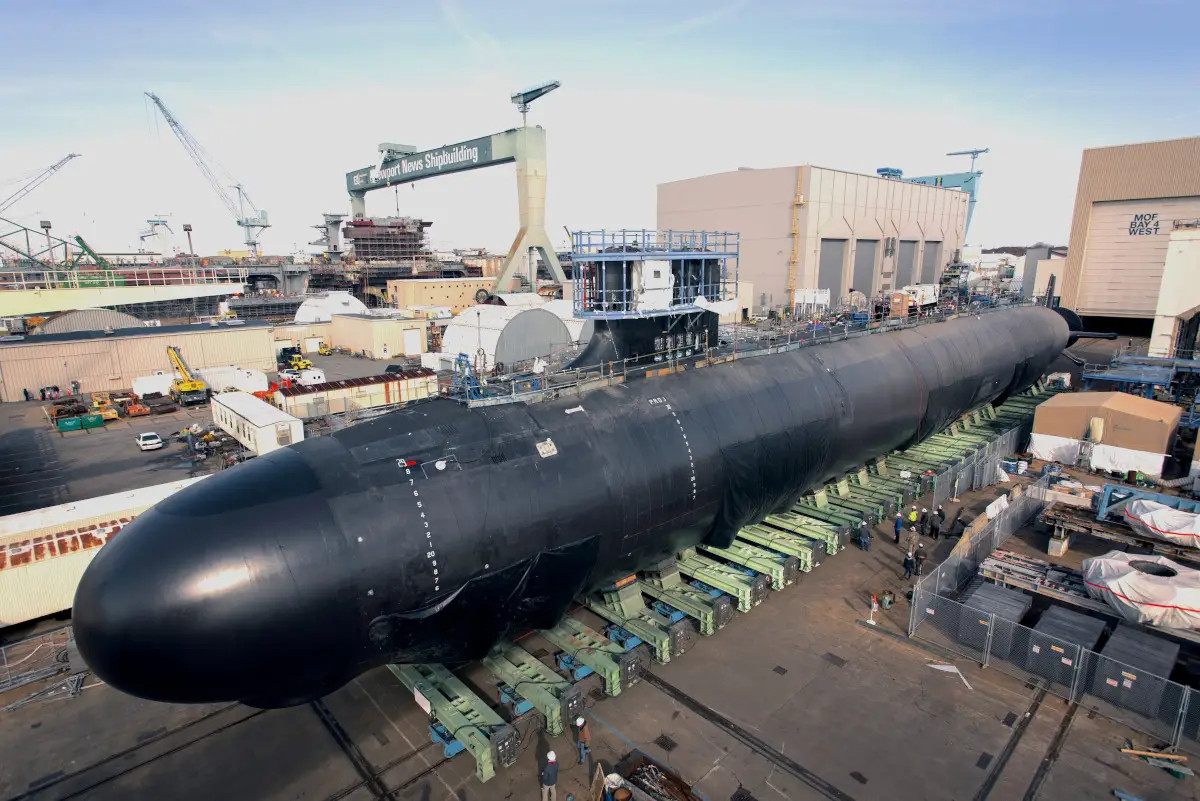
Even at a higher cost for a more specialized subvariant, a new Virginia is likely to be significantly less expensive than a Columbia-based Large Payload Submarine. It is worth noting that issues with the Columbia class, also being built by Electric Boat in cooperation with Huntington Ingalls Industries, could have second-order impacts on the Virginia class. In its January report, GAO noted that some workers have already been shifted from the Virginia production pipeline to the Columbia one to help keep the latter program on schedule.
In addition, in March, the United States and Australia, together with the United Kingdom in the context of a new defense and security partnership known as AUKUS, announced that the Royal Australian Navy now has plans to acquire three Virginias of its own. If this plan moves ahead, it will expand the user base, which could help with financial burden sharing in terms of production and sustainment, but would also increase the demands on the shipyards making these boats.
Shipyard capacity, overall, has long been and continues to be a major issue for the Navy when it comes to acquiring and sustaining ships and submarines of all types. Alternative 2 in the service’s new shipbuilding plan, especially, would require particularly significant new investments in shipyard production capacity in the coming decades to meet its requirements to eventually be able to deliver up to three or four new guided missile submarines every year. As it stands now, the Navy is getting around two Virginia class submarines annually, but there has been talk of trying to increase that to three every year.
No matter how the Navy decides to proceed in acquiring more dedicated replacements for its highly-specialized Ohio SSGNs, those new submarines look to be decades away from entering service. In the meantime, USS Ohio, USS Michigan, USS Florida, and USS Georgia appear to now firmly be in the twilight of their impressive careers.
Contact the author: joe@thedrive.com
